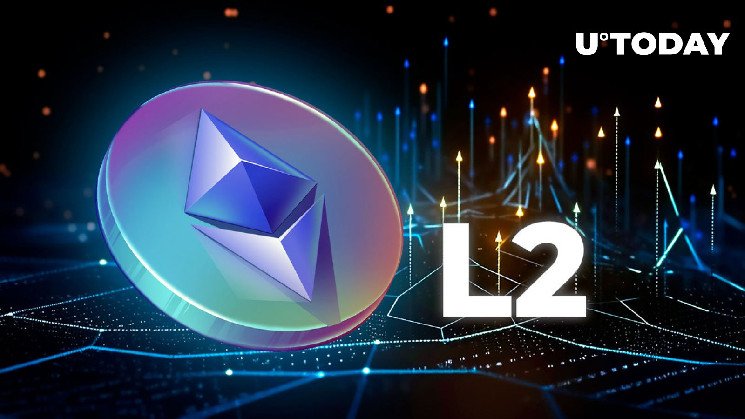With Ethereum transaction activities increasingly shifting to Layer 2 (L2) networks, the ecosystem is bracing for a potential new bull run, one that could be predominantly led by these L2 platforms like Arbitrum and Optimism. The surge in L2 transactions, which have grown by an astounding 90 times since 2021, paints a clear picture: The next wave of decentralized finance (DeFi), non-fungible tokens (NFTs) and meme coins is likely to be rooted in these scalable networks.
The main network layer of Ethereum has faced significant challenges in scaling to meet the demands of its growing user base and application field. High gas fees and network congestion have highlighted the limitations of the current infrastructure, making the need for efficient L2 solutions more pressing than ever. These L2 networks are designed to offload the burden from the Ethereum mainnet, offering faster transactions and lower fees, making them an attractive alternative for developers.
This shift toward L2 networks does not just represent a stop-gap solution but is becoming integral to Ethereum’s future. It is reasonable to expect that the initial signs of a rally within the Ethereum ecosystem will emerge on these scalable platforms. They are set to be the breeding ground for innovation and the go-to space for new projects in DeFi, NFTs and beyond.
The new Ethereum road map, as outlined by Vitalik Buterin, underscores this transition. Key updates to the road map include the solidification of single slot finality (SSF) in post-Merge proof of stake (PoS) improvements, which aims to enhance the efficiency and security of the network. Buterin has also highlighted the importance of cross-rollup standards and interoperability as areas requiring long-term development. These would enable seamless communication and transaction execution across different L2 solutions, furthering the composability of the ecosystem.
Further developments such as the redesign of The Scourge, the nearing readiness of Verkle trees for inclusion, and the shrinking of “state expiry” to reflect a broader consensus show a commitment to continuous improvement. Additions like deep cryptography, including obfuscation and delay-encrypted mempools, suggest a forward-looking approach to security and privacy within the network.
Read the full article here
